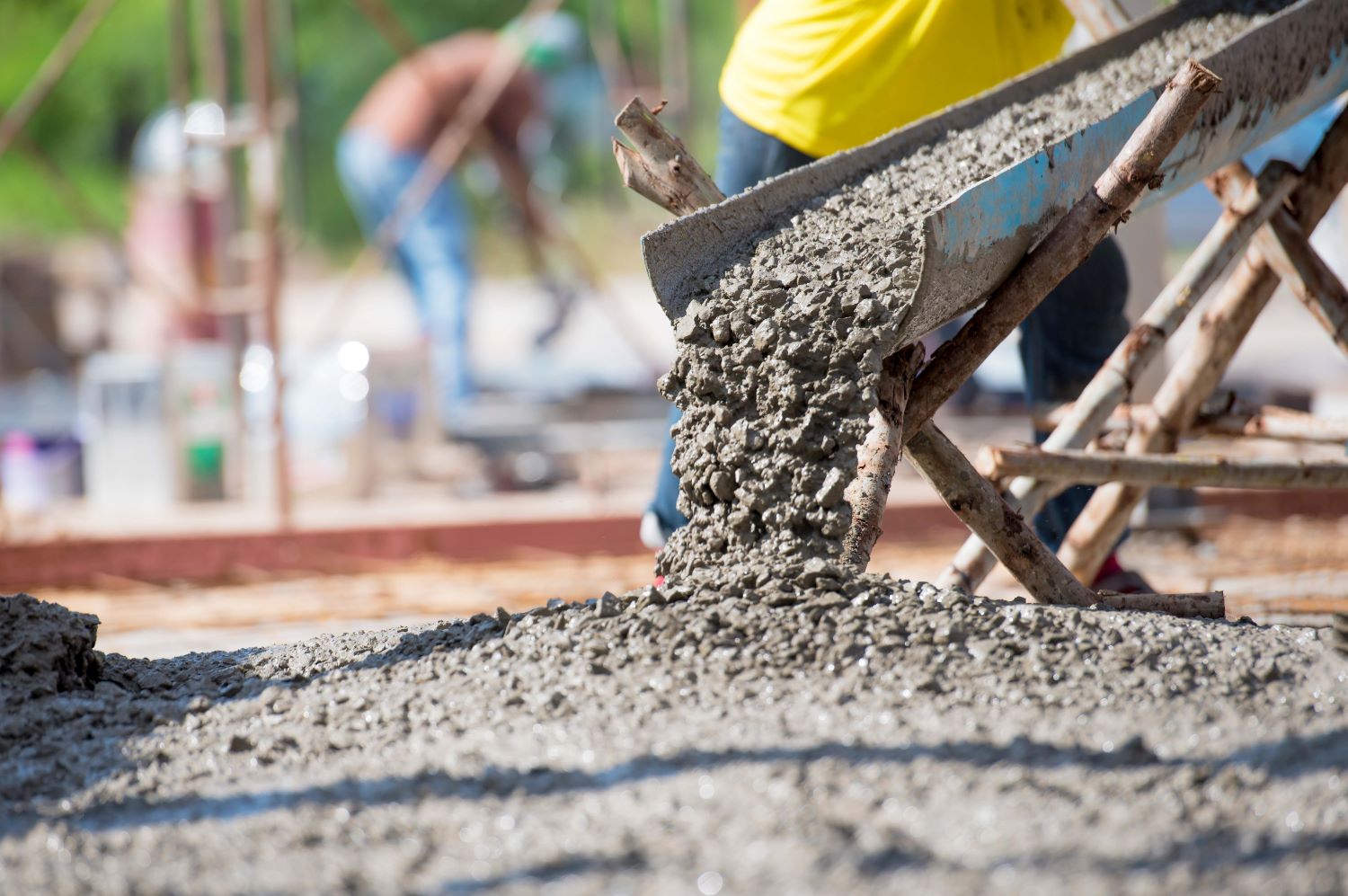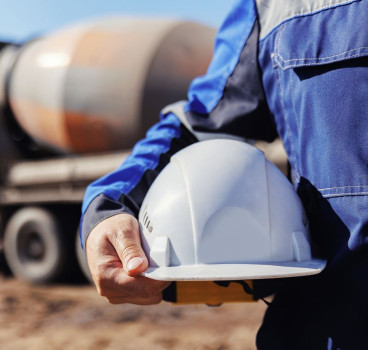Why the self-healing concrete market is booming
Self-healing concrete, a revolutionary material with the potential to transform the way we build and maintain our infrastructure, is booming. This innovative concrete has the remarkable ability to autonomously repair cracks, promising a future of longer-lasting, more resilient structures, writes John Ridgeway.
In what can only be described as an incredible surge, the self-healing concrete market reached a staggering $50.45 billion in 2023 and by 2024, it's estimated to have climbed to $68.84 billion, reflecting a robust compound annual growth rate (CAGR) of 36.5%.
Self-healing concrete extends the lifespan of structures by automatically repairing minor cracks before they become major problems. This reduces the need for costly and disruptive repairs, saving time and money in the long run. This means that as global infrastructure projects continue to rise, the demand for durable and long-lasting materials like self-healing concrete grows in tandem.
Continuous research and development in material science has led to the creation of more effective and sustainable self-healing concrete formulations and with the construction industry, increasingly focused on eco-friendly practices, self-healing concrete is helping to reduce the environmental impact of our industry by minimising the need for frequent repairs and replacements.
By automatically repairing minor cracks, self-healing concrete also helps to prevent them from progressing into larger structural issues. This proactive approach to maintenance, further reduces the risk of structural failures and costly emergencies.
A glimpse into 2028
As a result, experts anticipate continued strong growth for the self-healing concrete market, with projections suggesting it will reach a staggering $215.41 billion by 2028, delivering a CAGR of 33.0%.
This exponential growth can be attributed to several promising trends. As cities embrace smart technologies, self-healing concrete will play a crucial role in creating a more sustainable and resilient infrastructure.
The rapid growth of urban populations is also driving the need for innovative construction solutions. Self-healing concrete offers a durable and cost-effective way to meet this expanding demand.
Furthermore, with climate change posing increasing threats to infrastructure, self-healing concrete's ability to withstand damage and self-repair becomes even more valuable, particularly as construction practices are increasingly focused on sustainability. Self-healing concrete aligns perfectly with these goals.
It is also worth noting that the potential applications for self-healing concrete are expanding beyond just infrastructure. Residential construction could also benefit from this innovative material, leading to longer-lasting and lower maintenance homes.
Demystifying the market
The self-healing concrete market is not just one product - it encompasses a variety of different product types and applications, which makes its evolution so interesting. There are two key types – Biotic, which uses living organisms like bacteria to promote self-healing and Abiotic, which employs chemical reactions to trigger the self-healing process.
We also have a range of different forms which include Intrinsic, where the self-healing properties are inherent to the concrete mix itself and Extrinsic, which relies on external agents like capsules embedded within the concrete to facilitate self-healing.
Furthermore, we have microcapsules containing healing agents, which are incorporated into the concrete mix, releasing their contents upon crack formation and Vascular, a network of channels within the concrete that allows for the delivery of healing agents to cracks and damage sites.
Residential applications
As already mentioned, while the use of self-healing concrete in residential construction is still in its early stages, the potential benefits are undeniable. Self-healing concrete can help prevent water infiltration and leaks, a common issue in basements.

Driveways and patios are also likely candidates. These high-traffic areas are prone to cracking. Self-healing concrete can minimise the need for repairs, reducing maintenance costs and improving aesthetics. Swimming pools and water features should also benefit. The self-healing properties can help prevent cracks that could lead to leaks and structural issues.
However, there are other factors to consider for residential applications. Currently, self-healing concrete is more expensive than traditional concrete. As the technology matures and production scales up, the cost is expected to decrease. The widespread availability of self-healing concrete for residential projects may also take some time.
Europe Leads, Asia-Pacific Chases
As of 2023, Europe held the leading position in the self-healing concrete market. This dominance can be attributed to factors such as a strong focus on infrastructure development. European countries are investing heavily in infrastructure projects, creating a significant demand for durable and sustainable materials. Many European governments are also actively supporting research and development in innovative construction materials, including self-healing concrete.
However, the Asia-Pacific region is expected to experience the fastest growth in the coming years. This rapid growth is driven by the economic growth of countries like China and India, which is fuelling a surge in construction activity.
The benefits of self-healing concrete are also becoming more widely recognised in the Asia-Pacific region as environmental concerns rise. The sustainability benefits, in particular, of self-healing concrete are becoming increasingly attractive to Asian Pacific nations as a result.
A Sustainable future
So, we can see that there is no doubt that self-healing concrete represents a significant leap forward in sustainable construction practices. By extending the lifespan of structures, self-healing concrete reduces the need for frequent repairs and replacements, minimising the environmental impact of resource extraction and material production.
The self-healing properties of the concrete translate to lower overall maintenance costs throughout the life cycle of a structure and by minimising the need for repairs and replacements, self-healing concrete contributes to a reduction in energy consumption associated with construction activities.
As research and development continues, we can expect to see even more innovative and advanced forms of this revolutionary material emerge. With its ability to enhance durability, reduce maintenance requirements and promote sustainability, self-healing concrete is poised to transform the way we build and shape our future.
Source:
Additional Blogs

The silent death of the fixed-price contract
For decades, the fixed-price contract has been the backbone of construction procurement. It promised certainty with a defined scope, an agreed sum and a clear transfer of risk from client to...
Read moreWhy good contractors are walking away from bad projects
There is a growing change happening across the construction industry, one that many clients still have not fully recognised. Highly competent, reputable contractors are increasingly walking away from...
Read more

When fire breaks out who really knows the system
The story that caught my attention recently wasn’t about fire growth or building loss, it was about confusion. Specifically, the confusion faced by the fire service when arriving at buildings...
Read more